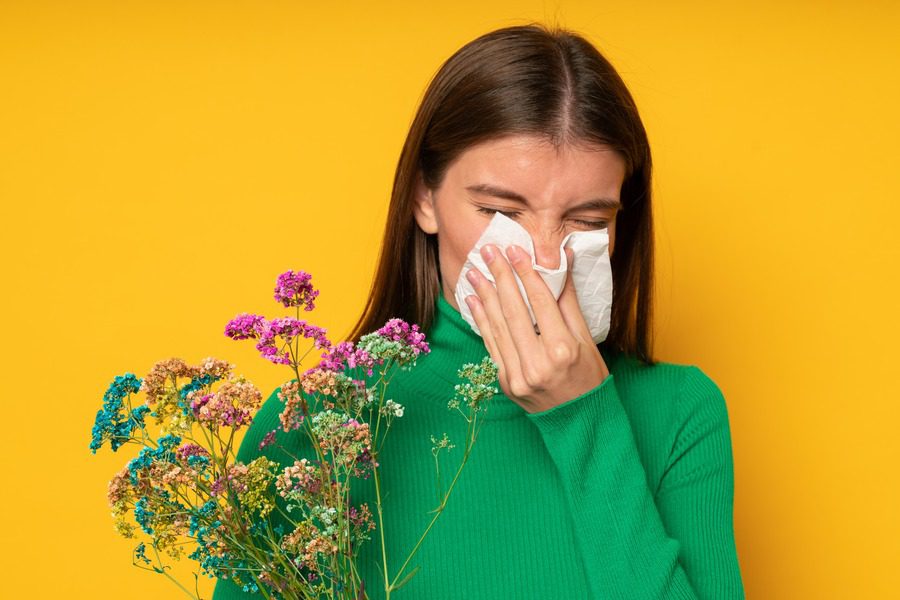It’s finally springtime! But if you suffer from seasonal allergies, you may not look forward to the season like the rest of us. But not to worry! This guide will get you through the season and help you flourish during this magical time of the year.
Understanding Spring Allergies
Several things cause sniffles and sneezes, so before we examine the solutions, let’s first understand what spring allergies are. Most spring allergies come from trees, grass, and flowers that release pollen into the air. These microscopic particles penetrate our respiratory system, triggering our immune system to respond to typical allergic reactions. Now that we know who we are fighting against, let’s prepare for the battle.
Keep Your Indoor Air Clean
First, a home sanctuary is paramount. So when pollen levels are at their highest, keep windows shut. You can also invest in a good air purifier to filter out allergens. You can also reduce allergens in your home by regularly dusting and vacuuming.
Choose the Right Time for Outdoor Activities
Pollen levels tend to peak during the early morning and late afternoon. So, to mitigate exposure, consider organizing your outdoor engagements around noon when there is a notable reduction in pollen particles. This subtle adjustment can minimize the impact of allergens, allowing you to make the most of the spring season with greater comfort and enjoyment.
Stay Hydrated
Drinking plenty of water can help thin mucus secretions, enabling the body to eliminate allergens faster. Drinking herbal teas, especially those with chamomile and peppermint, which have anti-inflammatory properties, can also alleviate allergies.
Nasal Rinsing for Relief
Nasal irrigation using a neti pot or saline nasal spray is a powerful method to tackle spring allergies, flushing out allergens and mitigating inflammation.
Wear the Right Gear
Embrace the outdoors fully prepared by donning sunglasses and a wide-brimmed hat. These act as protective barriers, shielding your eyes and face from pollen. You can also consider elevating your defense with a mask that filters out airborne allergens.
Choose Allergy-Friendly Plants
Consider using pollen-producing plants sparingly in your home. If you must have them around, you can place them in other parts of your house away from your sitting or sleeping areas. Succulents, ferns, and orchids are great examples of allergy-friendly plants.
Consult With an Allergist
Despite our best efforts, allergies can persist. Seek advice from an allergist if you are experiencing severe symptoms. An allergist can identify the specific allergens causing your reactions and provide customized solutions, such as allergy medicine or immunotherapy.







